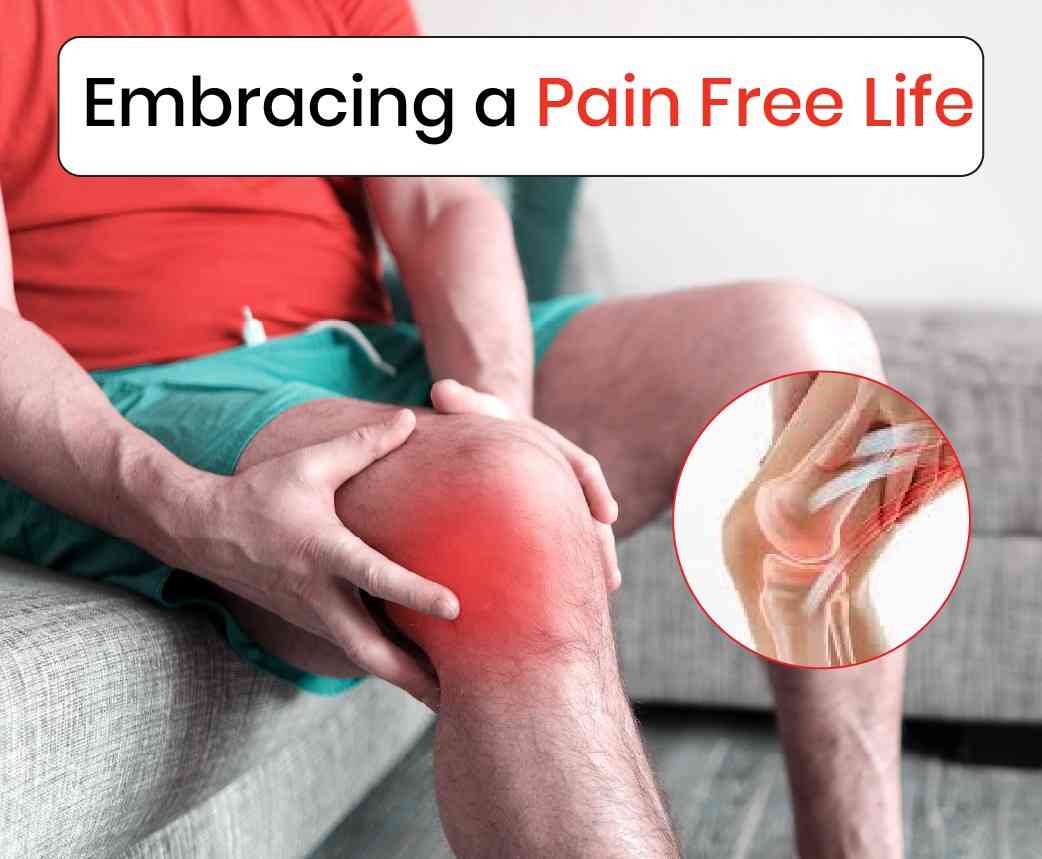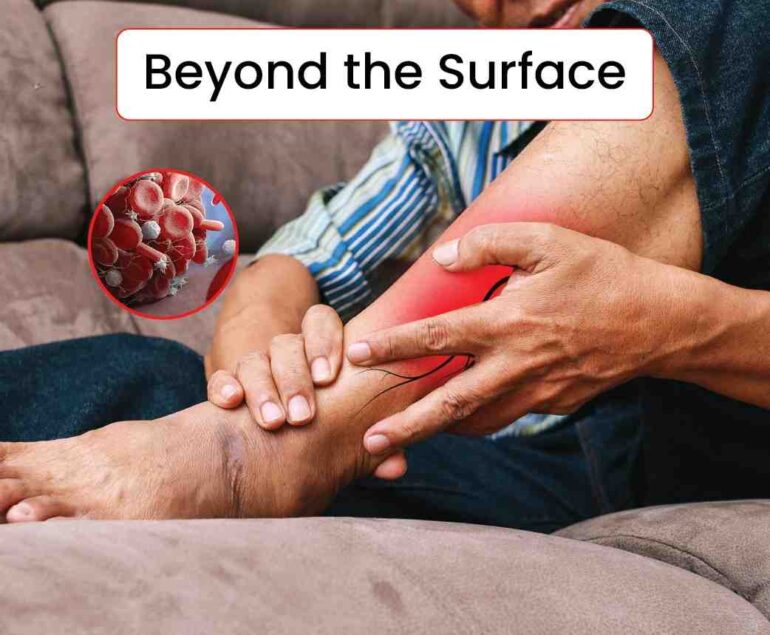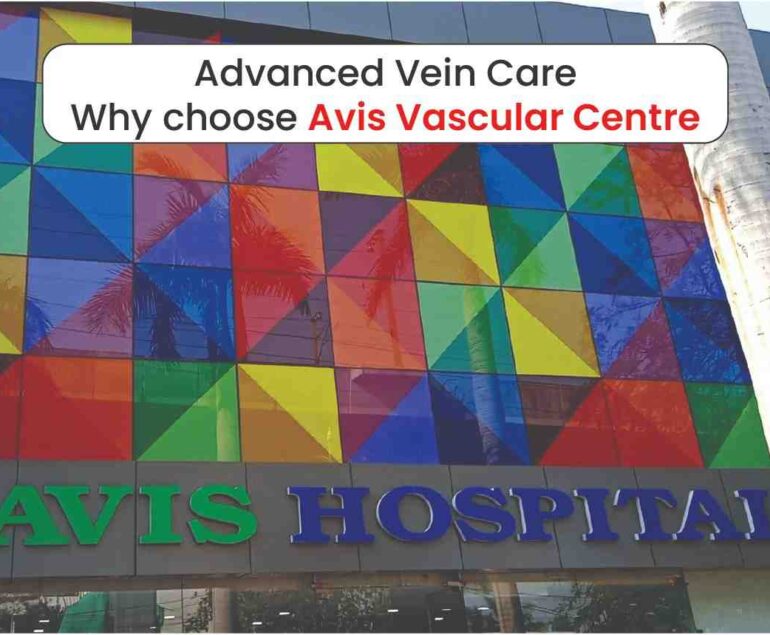Arthritis, a debilitating condition often accompanying the golden years, can turn the simplest of tasks into painful endeavors. Traditional treatments like surgery often bring their own set of challenges and discomforts, especially for older adults. Enter Genicular Artery Embolization (GAE), a minimally invasive procedure that promises relief without the ordeal of surgery. Let’s explore why GAE is a beacon of hope for elderly individuals struggling with arthritis and how it stands as a superior alternative to surgical interventions.
Understanding Arthritis and Its Impact:
Arthritis, particularly osteoarthritis, is characterized by the gradual wearing down of cartilage in the joints, leading to pain, stiffness, and reduced mobility. For many elderly individuals, this condition can significantly impair their quality of life, turning every movement into a struggle and every step into a challenge.
The Traditional Path: Surgery and Its Drawbacks:
Historically, severe arthritis has often been treated with surgery, such as knee replacement. While these procedures can be effective, they come with a host of risks and disadvantages, especially for older adults:
Extended Recovery Time: Surgery typically requires a long recovery period, which can be arduous for the elderly.
Complications: The risk of complications, such as infections, blood clots, and adverse reactions to anesthesia, is higher in older patients.
Physical and Emotional Stress: The physical and emotional toll of undergoing and recovering from surgery can be significant, impacting overall well-being.
Introducing Genicular Artery Embolization (GAE):
GAE is a minimally invasive procedure designed to alleviate pain and improve joint function in individuals with osteoarthritis. By targeting the arteries that supply blood to the inflamed areas of the knee, GAE effectively reduces inflammation and pain.
How GAE Works:
The procedure involves the following steps:
- Imaging: Using advanced imaging techniques, the interventional radiologist identifies the genicular arteries responsible for supplying blood to the affected areas.
- Embolization: Tiny particles are injected into these arteries to block blood flow, thereby reducing inflammation and pain.
- Outpatient Procedure: GAE is typically performed on an outpatient basis, meaning patients can go home the same day.
Why GAE is Ideal for the Elderly:
Comparing Surgery and GAE:
While GAE is showing promising results, long-term data on its efficacy compared to surgery is still being collected. GAE may not be suitable for every patient, particularly those with extremely severe arthritis or other complicating factors. However, following factors are important while considering the two methods of treatment.
- Minimal Invasiveness: GAE involves a small puncture rather than large incisions, minimizing trauma to the body and promoting faster recovery.
- Reduced Recovery Time: Unlike surgery, which can require weeks or months of rehabilitation, GAE patients often experience significant pain relief within days, allowing them to return to their normal activities much sooner.
- Lower Risk of Complications: The risk of complications is substantially lower with GAE compared to surgical interventions, making it a safer option for older adults.
- Improved Quality of Life: By effectively managing pain without the need for extensive recovery, GAE can significantly enhance the quality of life for elderly individuals.
Comparing Efficacy:
Pain Relief:
- Surgery: Provides substantial and long-term pain relief, but the benefit comes after a long and painful recovery period.
- GAE: Offers significant pain relief often within days, with much less downtime. Studies have shown that many patients experience a marked reduction in pain and improvement in joint function.
Mobility Improvement:
- Surgery: Can significantly improve mobility and function, but requires extensive rehabilitation.
- GAE: Improves mobility with a much shorter recovery time. Patients can often resume their normal activities shortly after the procedure.
Patient Satisfaction:
- Surgery: While many patients are ultimately satisfied with the outcome, the lengthy and painful recovery can be a major drawback.
- GAE: High patient satisfaction due to the minimally invasive nature of the procedure and rapid relief from symptoms.
For elderly individuals battling the relentless pain of arthritis, GAE represents a transformative approach that marries efficacy with minimal invasiveness. By reducing pain and improving mobility without the need for surgery, GAE stands as a testament to the advancements in medical science that prioritize patient comfort and well-being. Embrace the possibility of a pain-free life with GAE, and let the golden years be truly golden, unmarred by the shadows of arthritis and surgical recovery.




